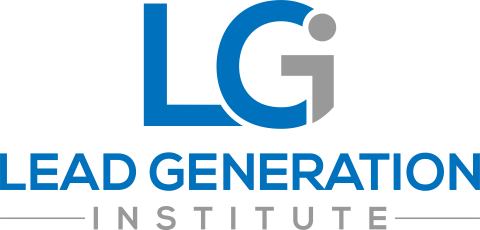As its name would suggest, database marketing is a tactic by which companies use customer data as a means of delivering relevant, personalized, and effective marketing messages to both existing and potential customers.
This highly targeted and personalized approach will provide a much higher return on marketing investment (ROMI) than other initiatives. In fact, 88% of B2B companies have already taken the necessary steps to obtain the data from third parties to enhance their understanding of the customers
While implementing a marketing database is not an entirely new concept, several advancements have made personalized marketing more easy to implement. For starters, the amount of data collected and/or is readily available to companies has drastically increased over the past several years.
Second, new and improved technologies allow companies to mine and analyze this customer information to better understand their wants, needs, and pain points. This dramatically improves the segmentation process, allowing companies to fragment their customers into micro-segments and even predict how individuals will behave in the near future.
The purpose here is to utilize this data to establish and maintain mutually beneficial, long-term relationships with customers as well as increase brand loyalty and customer lifetime value.
Below are a couple of tactics that will help you implement database marketing more effectively.
Leveraging Intent Data
Intent data displays which accounts or leads are actively doing online research, alerting sales and marketing teams when high-fit accounts are interested in their type of product or service. If used correctly, intent data will help boost conversions and sales by a significant margin. This type of information is typically used in combination with others like firmographic and technographic data, which helps narrow the account list even further.
Intent data can be categorized into two types:
- First-Party Intent Data – This type of data isn’t anything new. Also known as engagement data, this information is generally available from tracking your website. Any business can collect this information by using its Marketing Automation Platform (MAP). Smaller companies can even start using third-party lead tracking software like Kickfire, Lleadfeeder, and Visitor track, to name a few. Nevertheless, first-party data is often (but not always) anonymous, making it difficult for marketers to get a clear picture. Marketing automation services can, however, generate this data more effectively.
- Third-Party Intent Data – Third-party data refers to information gathered about your prospects whenever they visit other high-value business websites related to your products and services. Third-party information can increase conversion rates by 200 to 300% and accelerate the sales cycle. Sales Lead Automation, for example, tracks content consumption down to a company’s IP address using Bombora. So if a prospect consumes content related to any one of the 5900 business topics on any of the 5000+ websites, SLA can focus their marketing efforts towards ideal opportunities at those companies. They can also target optimal contacts at companies who have X-number of job postings, recent funding announcements, or various keywords on their website. SLA calls this “Activity Based Marketing (the other ABM).
By combining these two types of data, sales and marketing will know how to personalize the messaging and nurture content, while improving their outreach success. Also, companies will be able to build targeted account lists, develop personas, implement account-based marketing (ABM), and make use of targeted advertising to both known and anonymous prospects, among other such applications.
Customer Segmentation
Intent data and, by extension, database marketing, will also allow B2Bs to employ customer segmentation. This technique is a particularly useful one because it will enable marketers to get a much clearer picture of their customers, group them according to their similarities, and create highly targeted messages specific to each customer base.
That said, there isn’t a “best way” to execute customer segmentation. Depending on their products and goals, B2Bs have several types of segmentation at their disposal.
- Firmographics Segmentation – This method groups customers based on company-specific factors like business size, location, industry, the technology used, etc. The cost of collecting this data is relatively inexpensive and is easily translatable to the sales team.
- Tiered Segmentation – Tiering is based on how well a customer or business matches your business’ goals. You can tier based on expected revenue throughout the relationship or the close resemblance to your sales and marketing strategies. This segmentation method is used in both account-based marketing as well as demand generation.
- Needs Segmentation – Needs-based segmentation groups customers based on what they are looking for in a product. It is an accurate and scalable method, deriving from what drives leads to your business.
- Behavioral Segmentation – This model works great in combination with tiering segmentation since it maximizes the value of your customer base. It analyzes how your customers are interacting with your product, allowing you to see if there’s the possibility to upsell or if there’s a risk of losing the customer.
The techniques presented here will help you leverage database marketing and increase your return on marketing investment like never before. If you want to learn more about such practices, please feel free to contact us or subscribe to our newsletter.




